Armed only with a cheap camera and a flash bulb, photographer Sean Schermerhorn spent six years crisscrossing Ukraine shooting hundreds of parties and partygoers, capturing the tumultuous energy of youth trying to be free in a country in crisis.
Although we’ve never met in person, I’ve been following the fascinating images Schermerhorn has been sharing on Facebook for some time. In 2013, the media cottoned on to the protests in Maidan; however I was much more interested in the wild energy of the photographs I’d seen on Schermerhorn’s feed. From under bridges to squats in the suburbs of Kyiv, Schermerhorn has been to an uncountable number of raves and organized dozens across the country without ever getting tired of becoming absorbed in that collective dancefloor trance.
He’s just returned to his home in New York, so we caught up to talk about the transcendent rave scene documented in his images.
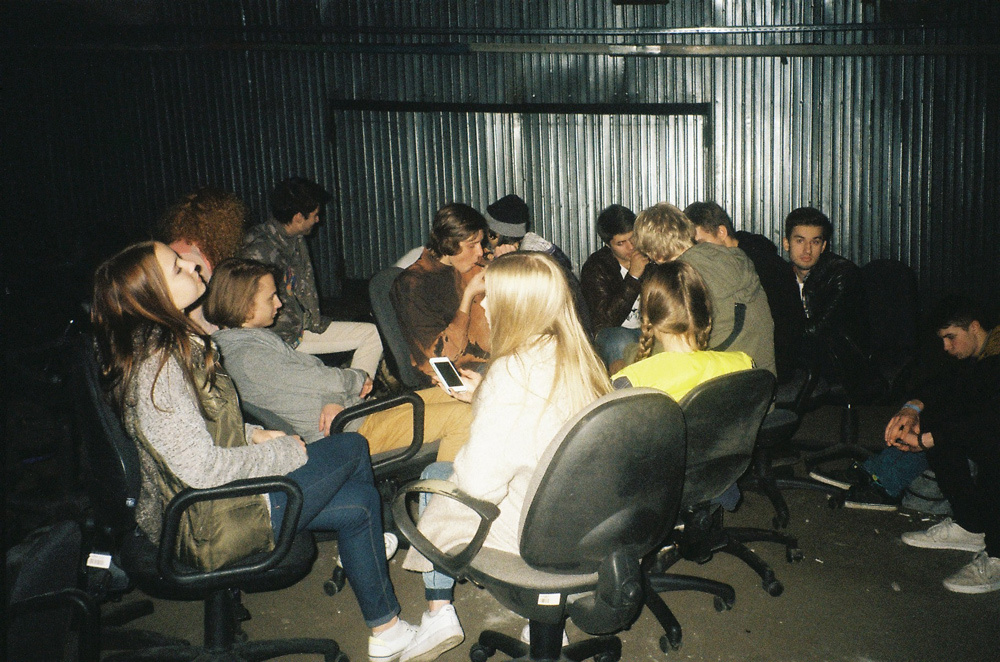
How did you start getting involved in Kyiv’s nightlife?
I moved to Kyiv in the summer of 2010 in search of an adventure. I never imagined I’d be there longer than six months or that I’d really meet anyone I could actually connect with on anything deeper than the subjects of vodka and women. Luckily I was mistaken and made some very good friends. I found work teaching English and like any young person, I went to parties. After one transcendental experience that occurred during a Woo York performance, I was hooked. That led me into DJing, organizing parties and taking pictures along the way.
How is Kyiv’s nightlife in general?
The best word that comes to mind is a local slang word, ‘bomba’ or ‘bombochka’, which translates to ‘bomb’ in English.
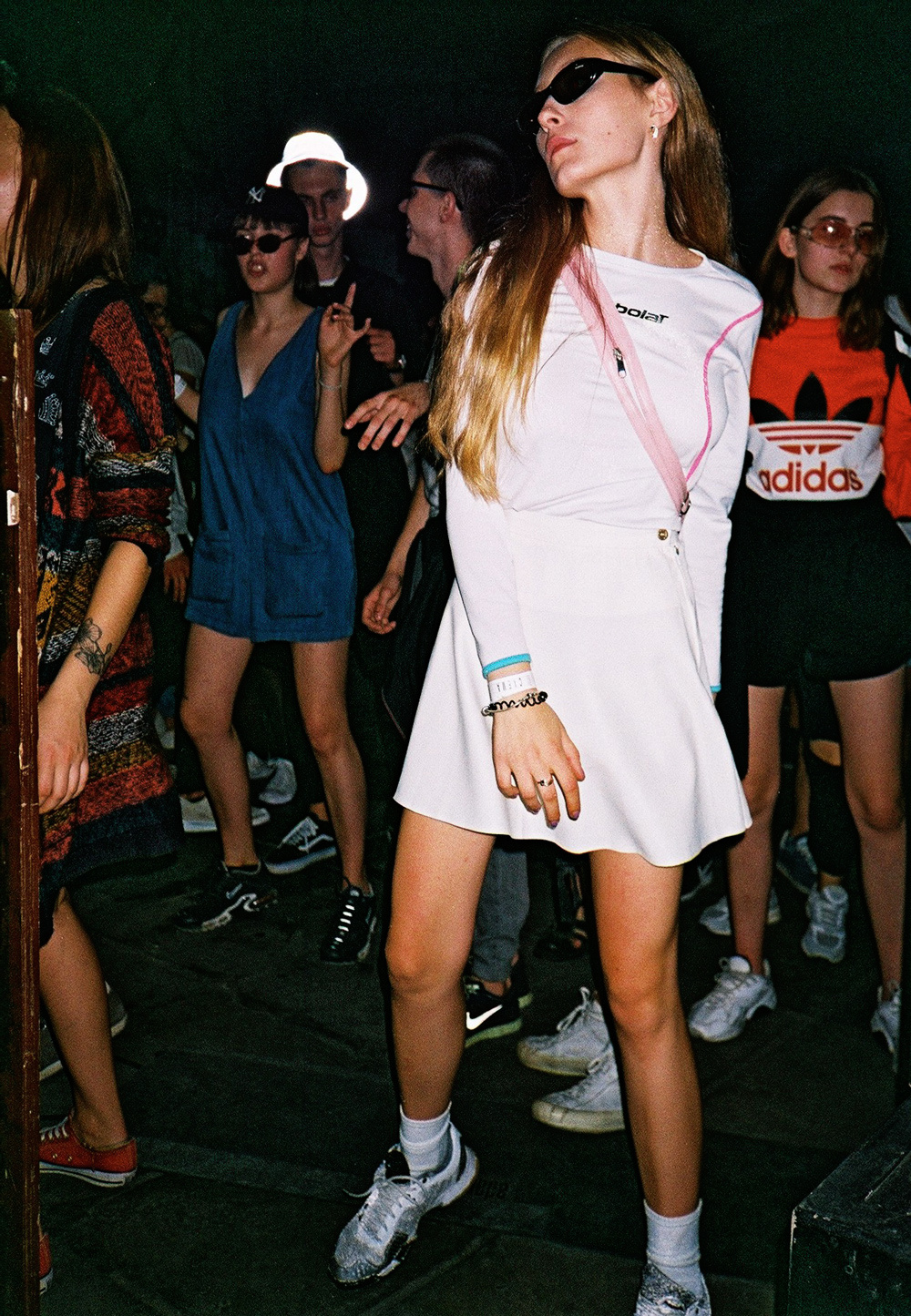
What is CXEMA?
CXEMA is a large rave held in different locations around Kyiv, usually in run-down warehouses, or in warmer weather, under bridges. CXEMA showcases the best local DJs and producers.
When did you start photographing raves and why?
It started when an organizer and good friend, Slava, asked me to take pictures at the first CXEMA party. After a few parties it really started to gain momentum and even a cult following. It was the coolest thing I’d ever seen. The freshest fashion in the world could probably be seen there. There’s even a meme mocking the ‘cxema fashion starter pack’, which was a picture of a tracksuit, water bottle and sunglasses. It was very wild, raw and youthful. As long as Slava asked, I took photos; it’s been an honor to be a part of it.
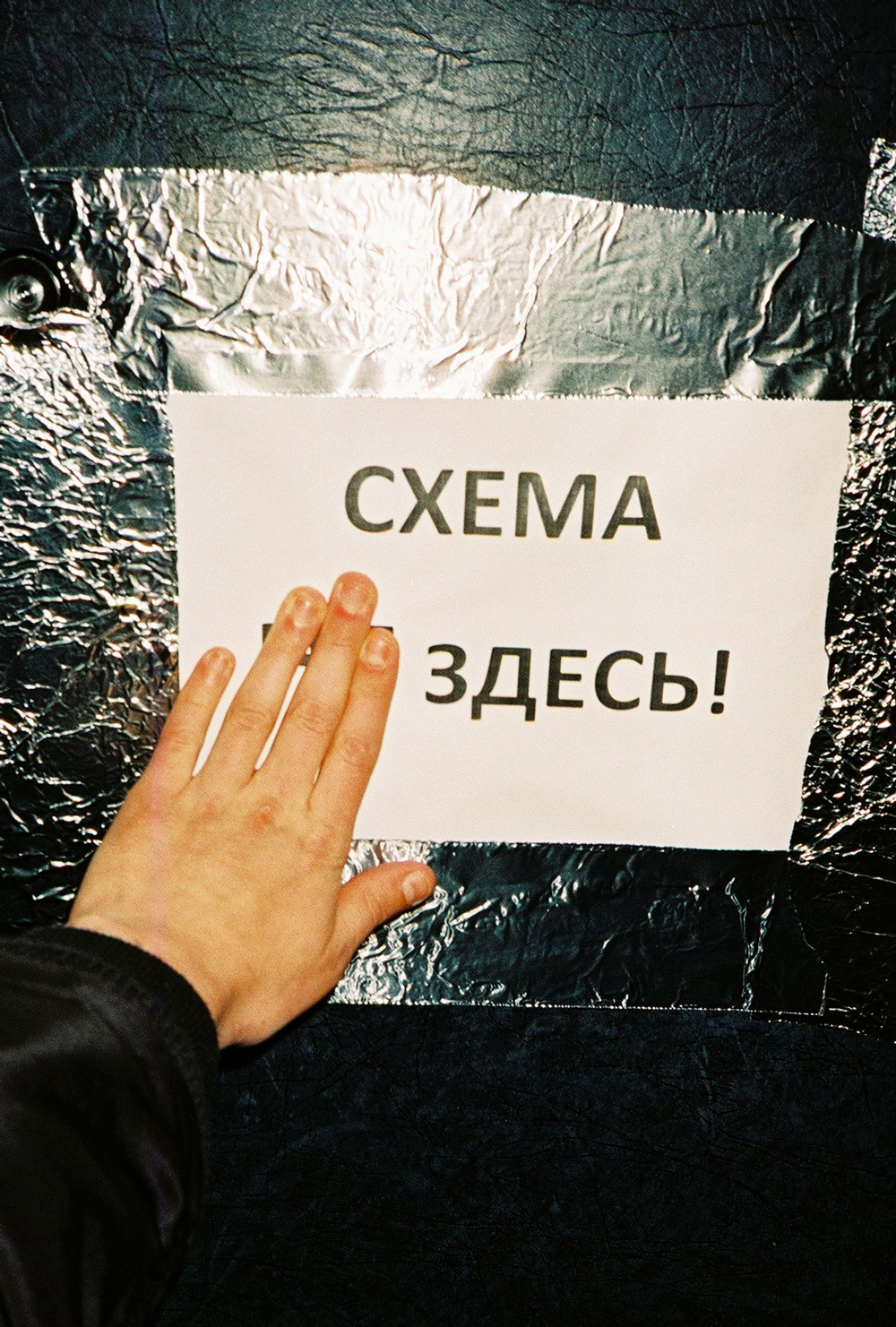
Who are your favorite Ukrainian DJs and producers at the moment?
The best live performance in the genre of techno I’ve ever seen is Woo York. Two really great live performers and ’emerging’ artists are Konakov and Wulffius. Both are very talented, sincere, and intelligent guys. Stanislav Tolkachev is really gaining the recognition he deserves and is one of the most talented Ukrainian producers I know of. I started to learn how to DJ in Kyiv, and being around the likes of DJ Borys, Igor Glushko, Noizar, Andrey Shakolin, Vero, Roman K, and Texcut really informed my approach. All of these guys are extremely talented, I feel deeply indebted to each of them for the experiences I’ve had on the dance floor while they were in control of the decks. If anyone is curious to hear the underground sound of Kyiv, I recommend listening to their mixes as well as the CXEMA Soundcloud page.
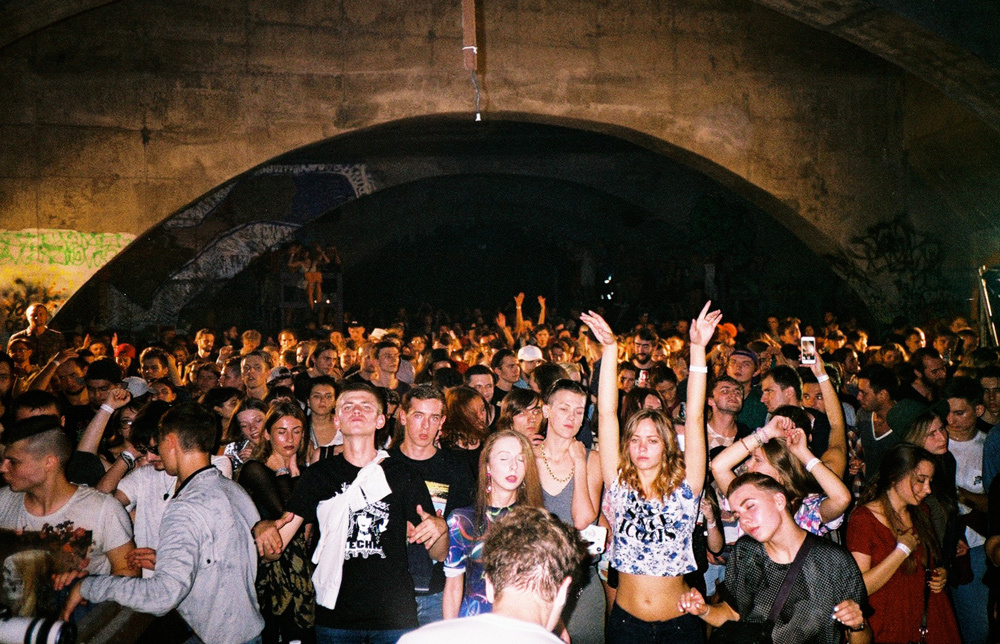
Have you noticed a shift in the way people party since 2013 and the Maidan revolution?
CXEMA was indirectly birthed from the ‘situation’ in the country. In the days of the revolution you could be on the Maidan square, possibly combating the police for hours on end and feeling like that day could possibly be your last — at least that was my experience. For ravers at CXEMA, there was a fuck-everything energy, and it was total transcendence. There was such a magic feeling as you walked up those stairs and began to hear the bass pounding, then walking into a massive room to see a thousand people dancing like you’ve never seen people dance before. It’s like Berghain but with more feeling. I remember just laughing with disbelief and bewilderment when I saw it for the first time, and then jumping onto the dance floor to join in. In those few blessed moments problems didn’t exist, suffering didn’t exist, the brokenness and the hunger ceased to exist. CXEMA was an escape from a terrible reality. We released our anger and disgust through dancing. Some criticized CXEMA and other parties during this time, asking how we could party during such a tragedy, and I think our message bears repeating: this was much more of a coping-method than a celebration of what was going on in the country. CXEMA was the only thing that kept us ‘okay’ during this turbulent and absurd time.
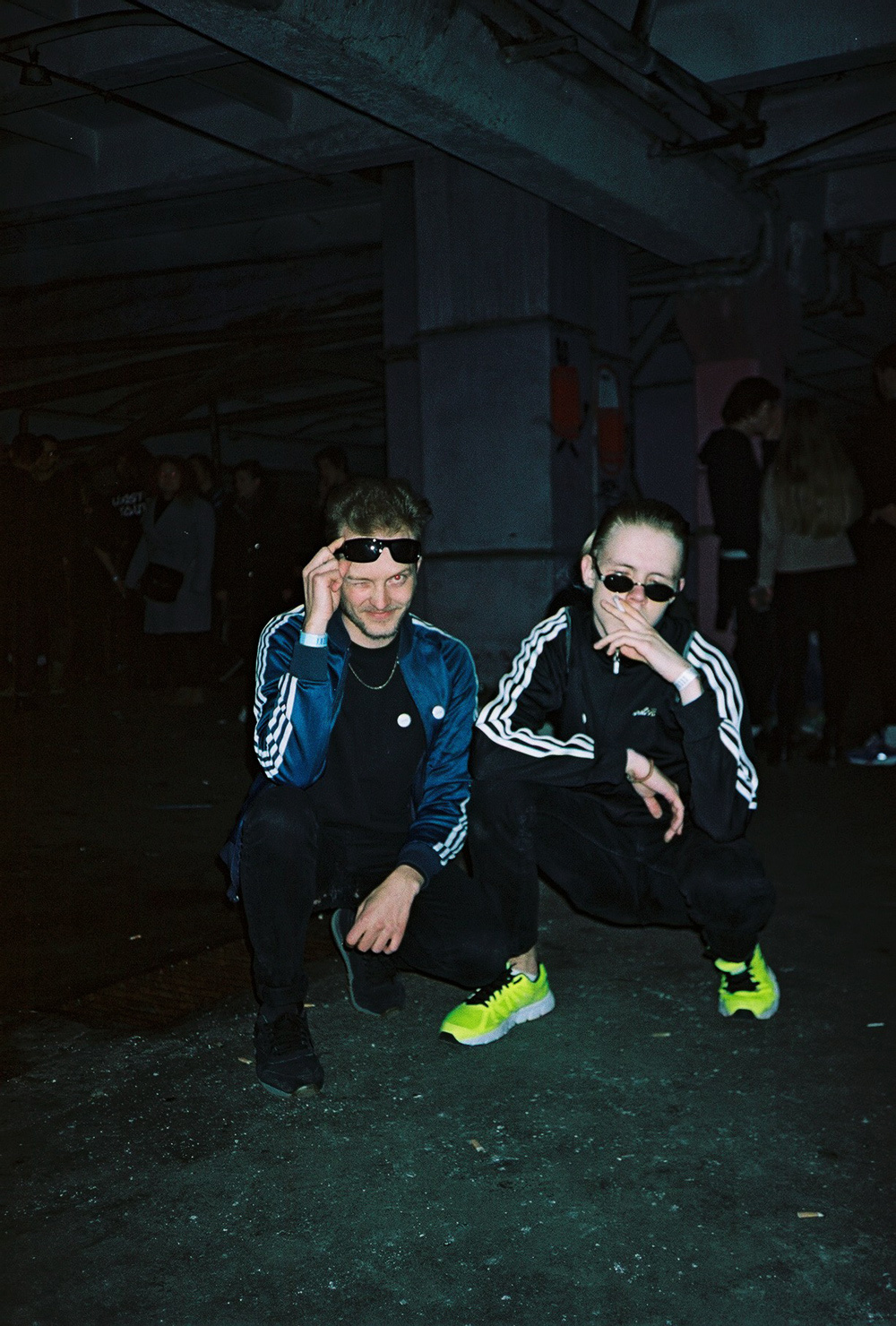
What’s it like to be young in Ukraine in 2016?
If you were to ask a local young person, I think they’d answer with: “it sucks.” Living there right now is no paradise. Due to the war and economic crisis, it’s really hard to exist there in 2016. There’s lots of suffering and depression. Soldiers, family members are dying. Getting a decent job and earning a living is a big struggle. The best part is forgetting all of this terrible, depressing shit. For me and I think for a lot of young people in Ukraine, that’s where music and art comes to the rescue, it’s an escape.
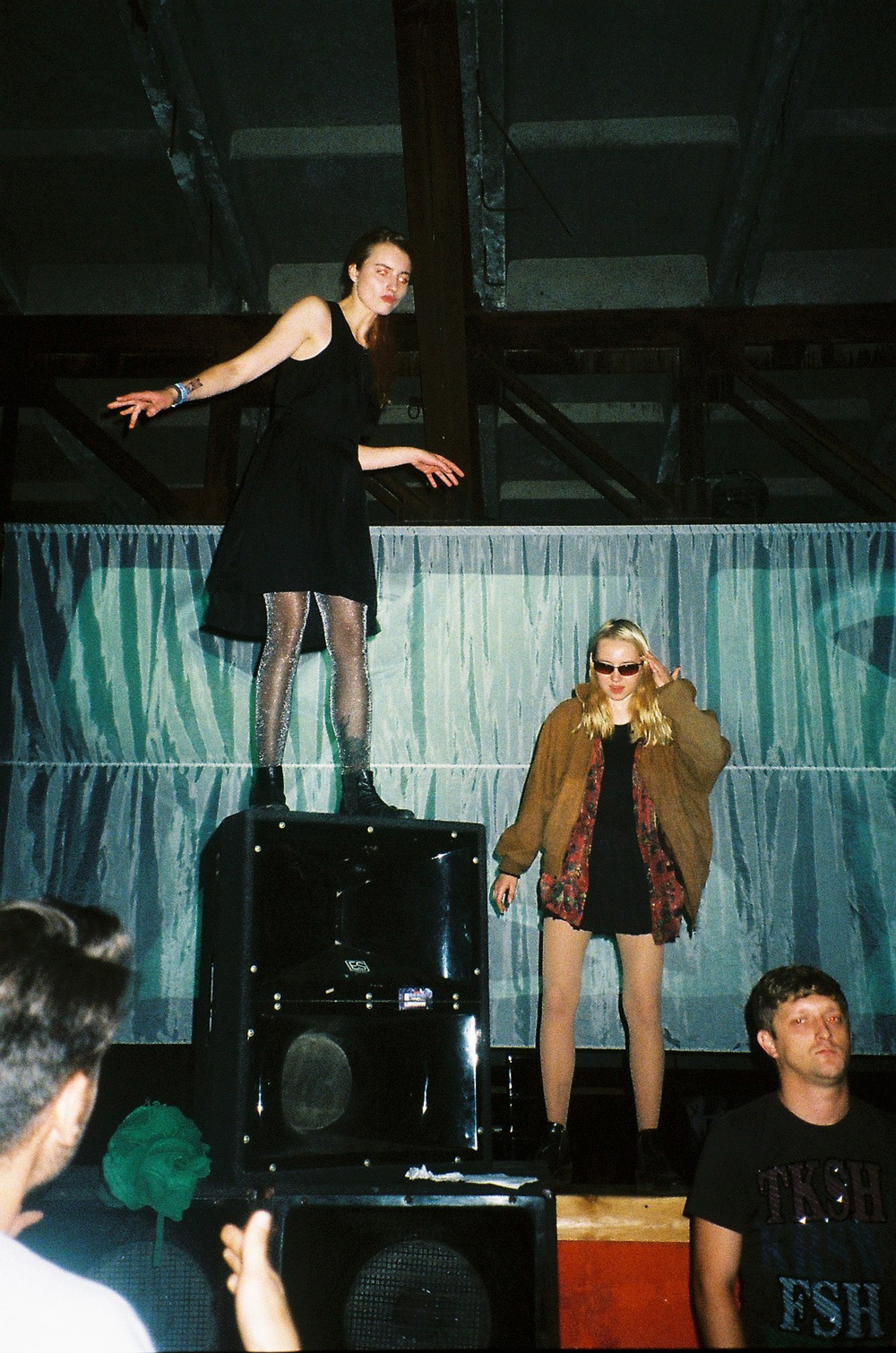
What do you think Ukrainian youth aspires to?
Probably just ‘to be,’ without that constant nagging question. The Maidan revolution started because Ukrainians just wanted to work towards a ‘European standard of life.’ I imagine most young people just want to be ‘normal’ in 2016 the same way French youth might aspire to be. To have the luxury of Instagramming a delicious meal they’re about eat and maybe finding a creative outlet to express their ideas and feelings.

Why do you think rave culture in the Ukraine is so big at the moment?
My friends from Serbia have said that the same thing happened there in the 90s, during their crisis. In Berlin, it happened after The Wall fell. In London and other cities, I think a similar parallel can be drawn, historically. I think it can be called a coping method, a kind of escapism. It can be cathartic.
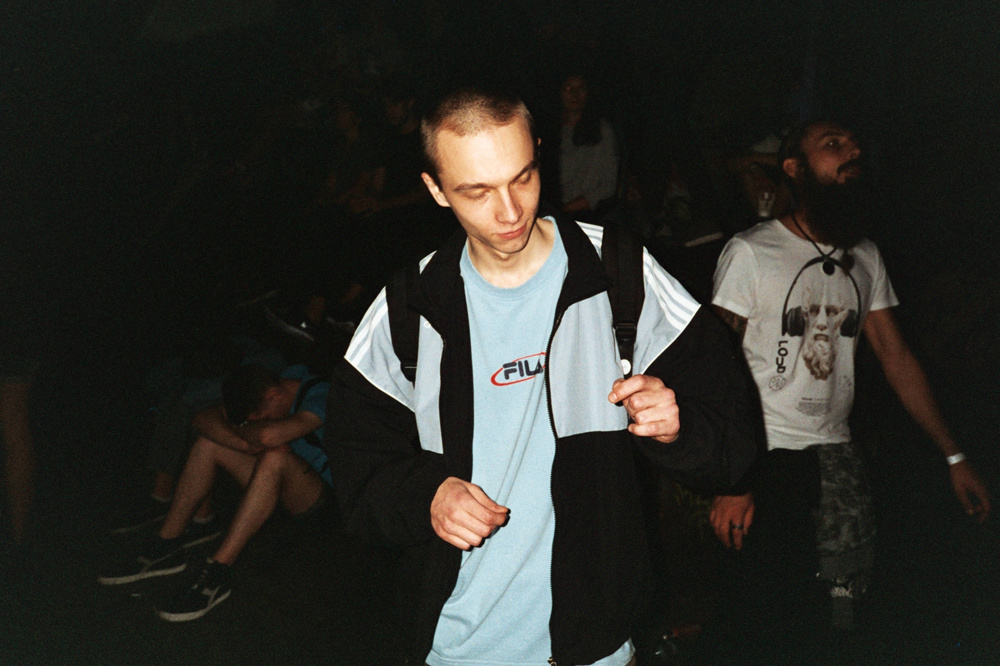
Eastern Europe is a new point of focus for Western countries in fashion and in music. What do you think about it?
There’s been a kind of running joke that “Kyiv is the new Berlin.” It’s true that there are some superficial parallels, but I think we’ve already outdone Berlin by not becoming another Berlin, but finding ourselves more. One Eastern European photographer I used to follow once wrote in an interview “Fuck off Paris, London, Berlin, these cities are dead and there’s nothing new to shoot in them.” He eventually moved to Berlin.
Anyway, this sentiment I feel strongly, every city seems to have it’s own period of renaissance. Perhaps Kyiv is the new Berlin, only inasmuch as it’s a new space, as Berlin was after The Wall fell.
I think there’s a lot of creativity going on in the country at the moment because there’s a lot going on in the country at the moment, even the terrible and the tragic things. Many have something to say and have found and are finding a way to say it. I hope the others find their voice and the west finally listens. Kyiv is the most beautiful city in the world, not because it’s romantic, or has a special charm — it’s neither of those — but because it’s the realist place I’ve ever experienced, and mirrors existence’s very nature, in good and in bad. And should that not be the new standard and structure for how we judge, talk about and make sense of “the New East!?”
VOTE for us at this year’s Webby Awards for Best Fashion And Beauty Website


Credits
Text Micha Barban-Dangerfield
Photography Sean Schermerhorn and Yana Mihaylenko
